Met Her on the Mountain
Also by Mark I. Pinsky
The Gospel According to the Simpsons: The Spiritual Life of the Worlds Most Animated Family
The Gospel According to Disney: Faith, Trust, and Pixie Dust
A Jew among the Evangelicals: A Guide for the Perplexed
Amazing Gifts: Stories of Faith, Disability, and Inclusion

Copyright 2013 by Mark I. Pinsky
2022 edition published by The University Press of Kentucky
Scholarly publisher for the Commonwealth, serving Bellarmine University, Berea College, Centre College of Kentucky, Eastern Kentucky University, The Filson Historical Society, Georgetown College, Kentucky Historical Society, Kentucky State University, Morehead State University, Murray State University, Northern Kentucky University, Spalding University, Transylvania University, University of Kentucky, University of Louisville, and Western Kentucky University.
All rights reserved.
Editorial and Sales Offices: The University Press of Kentucky
663 South Limestone Street, Lexington, Kentucky 405084008
www.kentuckypress.com
By agreement, some names and identifying details in this book have been changed to protect the privacy of individuals.
This volume was first published in a slightly different form by Blair.
The Library of Congress has cataloged the Blair edition as follows:
Pinsky, Mark I., 1947
Met her on the mountain : a forty-year quest to solve the Appalachian cold-case murder of Nancy Morgan / by Mark Pinsky.
pagescm
Includes bibliographical references and index.
ISBN 9780-895876119 (alk. paper)ISBN 9780-895876126 (ebook)
1. Morgan, Nancy Dean. 2. Volunteers in Service to AmericaEmployees. 3. MurderNorth CarolinaMadison CountyCase studies. 4. Murder investigationAppalachian RegionCase studies. 5. Volunteer workers in social serviceCrimes againstAppalachian RegionCase studies. I. Title.
HV6533.N8P56 2013
364.1523092dc23
ISBN 978-0-8131-8713-6 (hardcover)
ISBN 978-0-8131-8714-3 (pbk: alk. paper)
ISBN 978-0-8131-8715-0 (pdf)
ISBN 978-0-8131-8716-7 (epub)
This book is printed on acid-free paper meeting the requirements of the American National Standard for Permanence in Paper for Printed Library Materials.

Manufactured in the United States of America
 Member of the Association of University Presses
Member of the Association of University Presses
For Elmer Hall and Joe Huffand of course,
for Nancy Dean Morgan
I met her on the mountain, There I took her life.
Tom Dooley, traditional lyrics
CONTENTS
PROLOGUE
The first reports of the murder were vague. A young antipoverty worker had been kidnapped, raped, and murdered in the mountains of North Carolina, her body discovered on an abandoned logging road almost within sight of the Appalachian Trail. Although the brutal and sexually charged details were downplayed, they would come out soon enough.
The womans college yearbook photo, her life and work, and the circumstances of her death were sketched out across the front page of the Durham Sun on June 18, 1970. And authorities had no suspects.
I read the article sitting at a pitted wooden desk in an office of the Duke University student newspaper, where I had spentsome might say squanderedmuch of my five years as an undergraduate. Paint peeled in patches on the rooms gabled eaves; the desktop veneer was coming loose at the corners. Across from the desk sat a worn red sofa where exhausted staffers found sleepor solace.
Much of my writing for the Chronicle, including a column called The Readable Radical, was typical of the timealternately blazing with justified indignation and self-righteous moralizing. I was a Jew from the Jersey suburbs, swept up in the eras unfolding history. Duke was the place my political life formed in the late 1960s, when, like many others of my generation, I marched, demonstrated, made speeches on the quad, and drove to antiVietnam War protests in Washington, where I once got arrested. Since finishing my classwork the previous January, I had vague thoughts of a future journalism career of some kind.
By mid-June, the campus was finally quiet after days of rancorous upheaval. Protests in the wake of the National Guard killings of students at Kent State University, the invasion of Cambodia six weeks earlier, and the shooting of African-American students at Jackson State University in Mississippi had ended the school year. With classes and exams canceled and the semester abruptly over, most of the students trickled home.
I learned from the Durham Sun that the murder victim was Nancy Dean Morgan, just twenty-four, a recent graduate of Southern Illinois University at Edwardsville, where she had majored in social welfare. A community organizer for the Volunteers in Service to America, she worked with children and helped set up a thrift shop that sold used clothing. Her service was to have lasted only a few more weeks, as she had planned to attend nursing school in New York in the fall. Shed be back, she had promised her friendsback with even more skills, to help and maybe to stay.
She had lived, though briefly, and died in Madison County, in the western mountains of the state. Madison was widely known by travelers for its beauty and less widely by historians for its Civil War violence. I took Nancy Morgans death personally, feeling a palpable kinship.
In Ohio, Neil Youngs song about the Kent State killings, Crosby, Stills, Nash & Young asked what each of us would have done had we found one of the shooting victims. I didnt know Nancy, and I didnt find her in that mountain glade, but I remember feeling as though I had. Politics and idealism ignited both of us. A gifted generational avatar shaped and transformed by the civil-rights and antiwar movements, feminism, and the fight against poverty, she had been drawn by, and killed in, my adopted state. I had friends serving elsewhere in VISTA, so maybe my connection to the killing was a throwback to the old Wobblies slogan, An injury to one is an injury to all.
I reached across the desk, picked up a metal ruler, and used its edge to tear out the article. Grabbing a manila folder, I marked it Morgan and dropped the clipping into it. I wasnt sure what I would do with the file, but I held on to it.
That file grewand reproducedfor more than forty years. When I had a spare weekend, I often visited friends in Madison County. I spent days in the library and the government records offices. I sought out anyone who might have known Nancy or who lived in the county at the time. I asked questions that many people did not want to hear. What unfolded was a tangled tale of rural noir.
But my search for Morgans killer wasnt all work. Between interviews, I hiked the countys trails and mountaintop balds and rafted the French Broad River. I stayed in the historic inns, ate the food, listened to the bluegrass and traditional musicians, even entered a turkey shoot, and just watched the stars come out at night.
Based in Durham, I learned to work as a journalista true-crime journalist. I covered the case of Joan (pronounced Jo-Ann) Little, a young black woman accused of murdering her white jailer in a small eastern North Carolina town. Supposedly, she had lured him into her cell with a promise of sex. Eventually, a racially integrated jury acquitted Little in less than ninety minutes. That led to other stories, none quite so dramatic, though many of them raised similar issues of race, class, and gender.

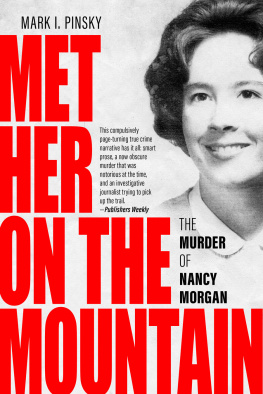
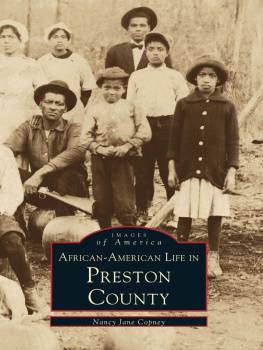


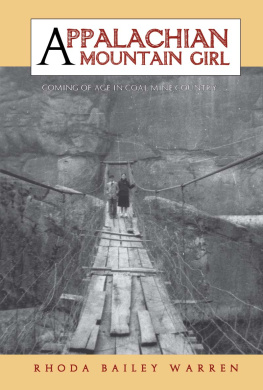
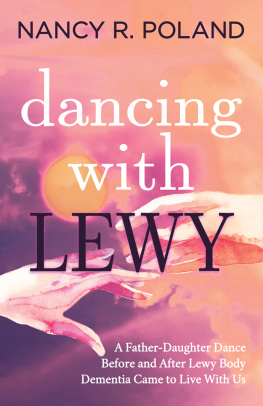

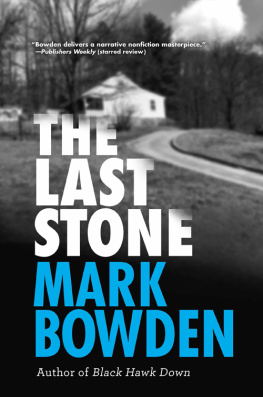


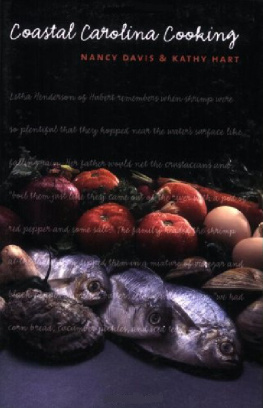
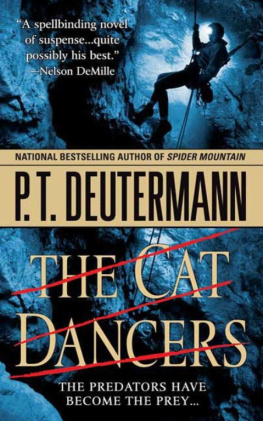


 Member of the Association of University Presses
Member of the Association of University Presses